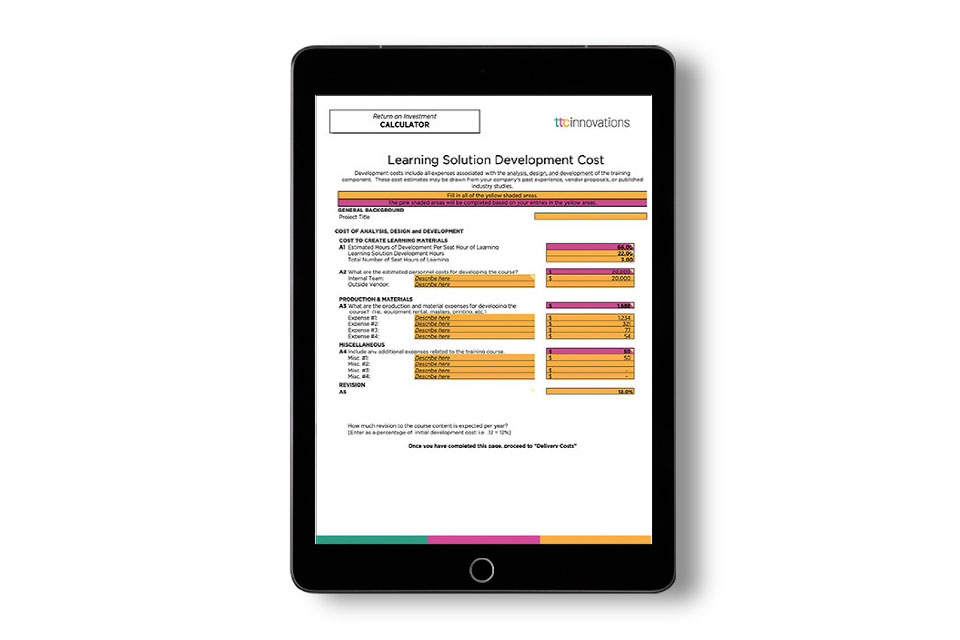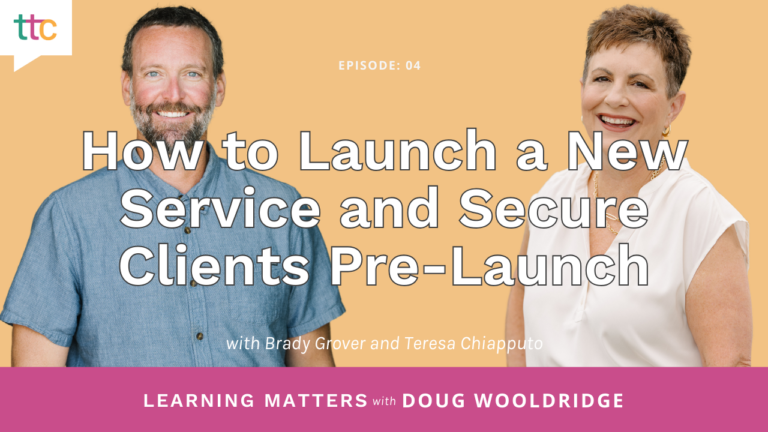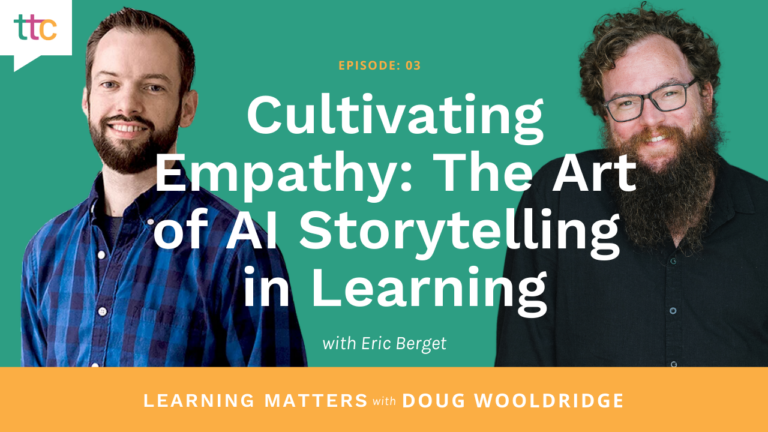We’ve all been there: You’re called into a meeting and asked to develop training for a new desk-level procedure. The new process is a security issue, so they want it right away.
“Okay,” you say. “Let me get started on the analysis. Who can I call to find out more about the workforce and what they’ll need?”
Crickets in the room. They hand you a stack of paper as tall as your two-year-old. “Here’s the process,” they say. “We don’t need a lot of fancy analysis. Just develop the training, okay?”
As a corporate training developer, this kind of situation puts you in quite a bind. You know you have to do some analysis, or the training won’t be successful. After all, taking analysis and design out of the ADDIE model makes it the DIE model. And you know who will be blamed if the training doesn’t go well. When’s the last time you heard a client say, “You were right. We should have let you do your analysis”? Riiiiiight.
You’re now left with figuring out an effective way to perform analysis so your instructional design process will remain intact. And you have to do it with no budget and no time. The task is daunting, but it is possible to resurrect the ADDIE training model quickly and under the radar. From my experience, there are three questions that cut to the core of training analysis. Get these three answered, and you’ll at least have a good foundation for design and development.
Question #1: What is the Performance Gap?
This really breaks down into two questions:
- What do they know?
- What do they need to know?
These questions are at the core of any training development process. Non-trainers, however, tend to ignore the first one and focus only on the second. But the first question — determining what the learners know already — is an important key to successful training. No one likes to have their time wasted. And there’s no better way to waste a person’s time and energy than by teaching them something they already know. You’ll also insult their intelligence, which is not a good way to get started.
Your client will, in most cases, supply you with the information their learners need to know, so you’ll have to root out what they’ve already learned. If you don’t have time for a quick survey, you can often answer this question with:
- Your own knowledge — if you’ve worked with the group before, you probably have a good idea.
- A little informal questioning — ask direct supervisors if you can’t get to front-line workers.
- Existing training — ask your client for examples of training that has been done in the past.
A good starting point doesn’t guarantee successful training, but it’s a great first step in the right direction.
Question #2: What Are the Important Metrics?
You can’t create successful training if you don’t know what success looks like. Will you be judged on ROI (and if so, how will it be measured)? Does the client just want their learners to be able to do whatever it is you’re training them on? What’s the expectation? You have to be sure your goals line up with your clients’. According to the Association for Talent Development:
If you want your clients to give you time, money, and resources (also known as getting their buy-in), align their problems and any potential solutions to a metric that matters to them. Metrics that matter are always a variation of time, quality, cost, and output that managers are held accountable for through reporting requirements and performance measures. Continue the conversation by asking, “Which metrics are you trying to positively affect?” This will enable you to use the metrics to evaluate the success of the solution you eventually deliver.
Fortunately, you can usually get an answer to this important question directly from your client. They should know why they want the training and what they expect. Don’t be afraid to press a bit on this issue to get the answers you need. Success can mean many different things when it comes to corporate training, and keeping up with metrics can ensure your survival as well as the success of the training.
Related: How to Calculate Your Learning and Development ROI With Ease

FREE Download!
Download our FREE “Training ROI Calculator” and calculate your learning and development ROI with ease!
Question #3: What Do They Hate?
I love asking this question in client meetings. They never expect it. It’s brash, right? But only the most naïve client will believe their workforce has loved every piece of training they’ve ever produced. Asking what the learners hate tends to get your clients to look at the workforce differently. It changes the conversation and often makes them really think about the types of training that haven’t worked in the past.
It’s tempting to soften this question by following with what they love. But asking what they’ve liked will often get you pat answers, especially if you can’t talk directly to the front line. It also sets an expectation that you’ll design your training the same way no matter what. Ecclesiastes 3:8 says there’s “a time for love and a time for hate.” Find out what they don’t like, and you’ll at least have a good chance of creating training that won’t make them roll their eyes ten seconds in. And we all know the importance of a good first impression in training.
Four Levels of Evaluation
Note that these three questions cover the four basic levels of evaluation:
- Asking what they hate is a good start to level 1: “Do they like it?”
- Asking about the performance gap will take care of level 2: “Did they learn it?”
- Checking the metrics will help with levels 3 and 4: “Are they doing it?” and “What’s the ROI?”
It doesn’t take long to ask these essential questions, and you can often get this information informally. Remember: YOU are the training expert, not the client. If they’re pushing you toward a bad decision, you have to push back a little. Good analysis protects you and the workforce. And, though they don’t always know it, analysis protects your clients as well.







